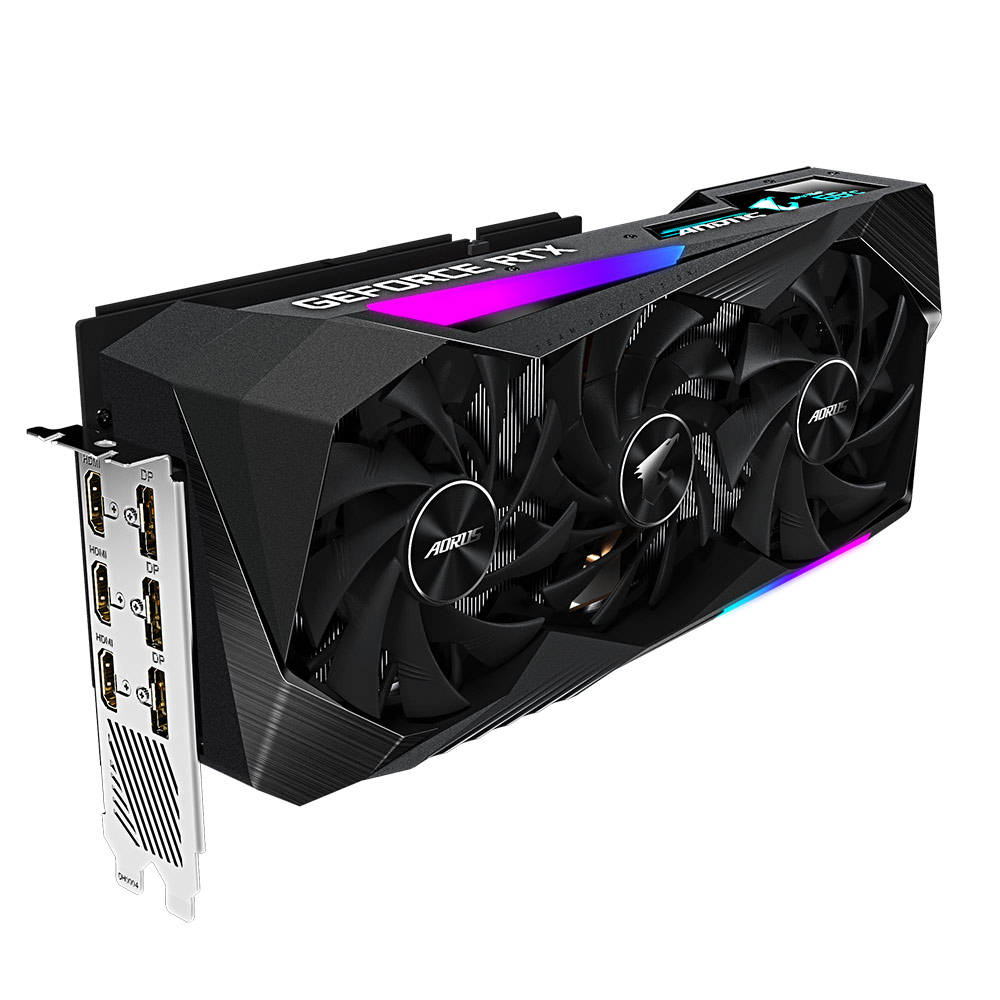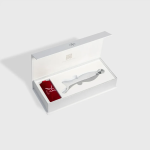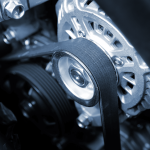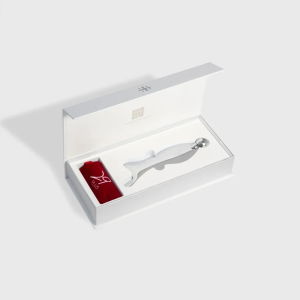
Installing a computer motherboard might seem intimidating at first, but it’s a manageable task. A well-installed motherboard is key to ensuring your system functions optimally. Following a clear set of instructions helps reduce the risk of errors, and using the proper tools ensures that your computer motherboard is securely set up.
Prepare your workspace
Start by setting up a clean, static-free workspace. This is important to avoid damaging any sensitive components. Ensure you have all the tools you’ll need: a screwdriver, thermal paste, and a wrist strap to prevent static electricity from damaging the motherboard. Organize your components, including the motherboard, CPU, RAM, and power supply, before beginning the installation process.
Install the CPU
Before placing the motherboard into the case, it’s best to install the CPU. Open the CPU socket on the motherboard by lifting the retention arm. Align the CPU with the socket, ensuring the notches match. Gently place the CPU into the socket, avoiding any force. Once in place, lower the retention arm to secure the CPU.
Apply thermal paste
Next, apply a small amount of thermal paste to the top of the CPU. This helps ensure efficient heat transfer between the CPU and the cooler. Be cautious not to apply too much paste, as excess paste can spill over and cause issues. Once applied, you’re ready to install the CPU cooler.
Install the CPU cooler
Carefully install the CPU cooler, aligning it with the retention clips or screws on the motherboard. Press down gently to ensure the cooler makes good contact with the CPU, allowing the thermal paste to spread evenly. Secure the cooler using the appropriate screws or clips, ensuring it are firmly attached but not overly tight.
Mount the motherboard into the case
Now that the CPU and cooler are installed, it’s time to mount the motherboard into the case. First, align the I/O shield with the rear panel of the case, ensuring it fits properly. Then, carefully place the motherboard inside the case, aligning the mounting holes with the standoffs in the case. Secure the motherboard with screws, ensuring it is firmly held in place.
Install the RAM and storage devices
With the motherboard securely installed, the next step is to add the RAM. Insert the RAM sticks into their slots, ensuring they click into place. Then, connect any storage devices, such as hard drives or SSDs, to the motherboard via the appropriate cables.






